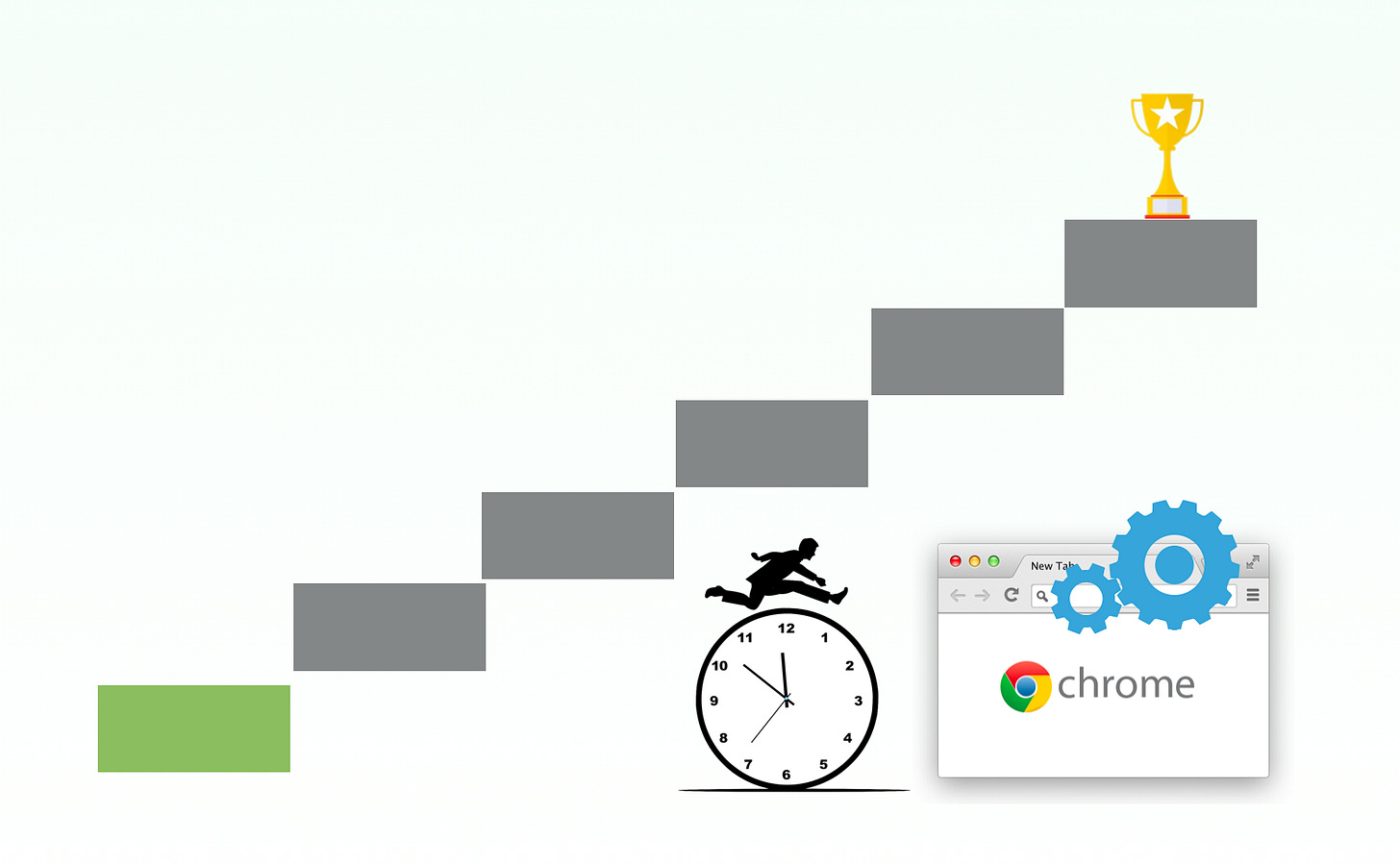Six Steps to Master End-to-End Test Automation, Part 1: Witness the Real
Start with belief by seeing it in action.
Six Steps to Master End-to-End Test Automation Series:
Part 1: Witness the real
Part 2: Get Motivated *
Part 3: Learn Proactively
Part 4: Practise persistently *
Part 6: Learn by Teaching
Part 7: FAQ - “How long does it take to learn E2E test automation?” (upcoming)
Part 8: FAQ - “When I Would Consider Myself Qualified?” (upcoming)
Part 9: FAQ - Others (upcoming)
Please note the verb “master” I used. Learning E2E test automation is easy—anyone can use a recorder and create scripts in minutes—but those scripts are often useless.
My definition of mastery: A real test automation engineer can develop and, more importantly, maintain over 100 valid end-to-end (via UI) test scripts for user stories, running daily as part of regression testing. For a detailed explanation, see my article, “Definition of End-to-End Test Automation Success”.
A real test automation engineer is extremely rare, even at tech giants.
“In my experience, great developers do not always make great testers, but great testers (who also have strong design skills) can make great developers. It’s a mindset and a passion. … They are gold”.
- Patrick Copeland, Google Senior Engineering Director, in an interview (2010)“95% of the time, 95% of test engineers will write bad GUI automation just because it’s a very difficult thing to do correctly”.
- this interview from Microsoft Test Guru Alan Page (2015), author of “How we test software at Microsoft”“Testing is harder than developing. If you want to have good testing you need to put your best people in testing.”
- Gerald Weinberg, software legend, in a podcast (2018)
When it comes to end-to-end (E2E) test automation, you’ll hear all kinds of opinions. Some say “it’s essential,” while others dismiss it entirely. Some claim “it’s easy,” while others insist it’s “extremely hard.”
The fact is, most so-called “agile” software projects still perform system testing manually, just as three decades ago. To help explain, I’ll use the metaphor of Chinese calligraphy.
The Story: How I Began Learning Chinese Calligraphy in My 40s
Keep reading with a 7-day free trial
Subscribe to The Agile Way to keep reading this post and get 7 days of free access to the full post archives.



